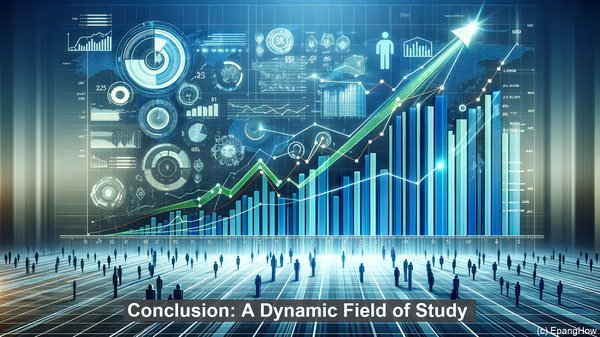Introduction: The Foundations of Economic Thought
Hello everyone! Welcome to our article on the classical and Keynesian models in economics. As we explore these two models, we’ll uncover the contrasting perspectives they offer and the impact they have on economic policies. So, let’s dive in!
The Classical Model: Emphasizing Free Markets
The classical model, developed by economists like Adam Smith and David Ricardo, is rooted in the belief that free markets are the most efficient allocators of resources. According to this model, the economy is self-regulating, and government intervention should be minimal. It advocates for a laissez-faire approach, where businesses operate without much interference. The classical model also highlights the importance of supply in driving economic growth.
The Keynesian Model: The Role of Government
In contrast, the Keynesian model, formulated by John Maynard Keynes, argues for an active role of the government in stabilizing the economy. According to this model, during times of economic downturn, the government should increase its spending to stimulate demand and boost employment. Keynesians believe that aggregate demand is a key driver of economic activity. They also emphasize the significance of consumer spending and the multiplier effect.

Views on Aggregate Supply and Demand
Another key difference lies in how the two models view aggregate supply and demand. The classical model posits that the economy will naturally gravitate towards full employment in the long run. It suggests that any temporary imbalances in the economy will be self-correcting through market mechanisms. On the other hand, the Keynesian model recognizes the possibility of prolonged periods of unemployment and advocates for government intervention to address such situations.
Policy Implications: A Tale of Contrasting Approaches
The differences between the classical and Keynesian models have significant policy implications. For instance, during an economic recession, classical economists might argue for minimal government intervention, allowing the market to correct itself. In contrast, Keynesians would advocate for increased government spending to stimulate demand and create jobs. These differing approaches have been at the center of many economic debates and policy decisions throughout history.

